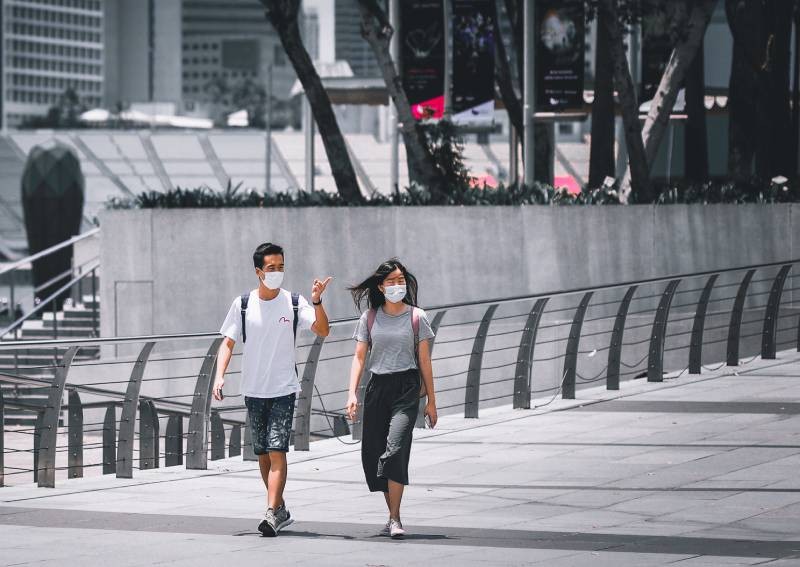These are the healthiest countries to live in

When it comes to winning the war on Covid-19, the battle has been fought both with the politicians decisions and in the hospitals.
As we enter nearly a year of this global pandemic, there is little denying that there is a clear correlation between an individual country’s response to containing the spread of the virus and it’s healthcare providers ability to treat it.
So while Asia was one of the first places to report cases of Covid-19, we seem to have managed to keep cases contained and deaths low.
But is this all down to our response rate? Or our healthcare system? Or maybe because the SARS virus of 2003 gave Asia a head-start in reaction times?
Well, with cases raging across Europe, the BBC have taken a deep dive into what makes a country healthy with a little help from the 2019 Legatum Prosperity Index, a ranking system which measures the economic and social prosperity policies and conditions based on 12 pillars in 167 countries.
The index takes into account the extent to which people are healthy, have access to health services, country wide illnesses, risk factors and mortality rates, all to decide which are the healthiest countries to live in.
So, without further ado, here are the 10 healthiest countries to live in according to those in the know.
The Little Red Dot comes up as number one on the list thanks to their swift government decision making skills, easy access to healthcare and for some of the best medical minds in the world. Singapore also acted swiftly and sharply with Covid-19 implementing a circuit breaker and various tracing measures to keep the spread of the virus contained.
Could the fact that Japan is an extremely health-conscious country with mask wearing as standard be one of the reasons they have managed to keep infection rates low?
That could be one reason with the other being that residents have access to various scans and tests if they feel they might have the virus, therefore keeping it well contained at the early stages.
One of the richest countries in the world, Switzerland has managed to keep cases and deaths low thanks to its access to testing kits and first class healthcare. Also thanks to swift government action, the country managed to avoid a lockdown.
After suffering the effects of Middle East Respiratory Syndrome (MERS) in 2015, South Korea’s healthcare system already had a jump on a virus of this kind.
With hospitals and doctors trained for a crisis, South Korea has already managed to test 1per cent of the population and keep cases low
When Covid-19 first started to spread across Europe, Norway was swift to act and close their borders, a move that no doubt saved a lot of lives.
How has Hong Kong been beating this? Well, by acting quickly and closing borders and implementing public health measures including mask wearing in public.
Not really a country that gets that much airplay, Iceland has handled Covid-19 excellently and therefore, kept their rates low. How have they done this?
Well, by imposing a strict two-week quarantine for those coming back from abroad and by embarking on one of the most aggressive testing regimes worldwide
Another Scandi country makes the list and why? Well for their common sense really.
They banned large gatherings, closed down large venues and discouraged public transport unless totally necessary from the very start of the virus.
So this one is controversial as The Netherlands went for a ‘herd immunity’ approach. Cases have been low-ish and deaths low.
It could be down to the healthcare system, the low transmission rates or the small number of social distancing measures put in place.
Last but not least is Austria who responded quickly and swiftly, making face masks compulsory, imposing track and trace methods and imposing travel bans.
For the latest updates on the coronavirus, visit here.
This article was first published in BLLNR.